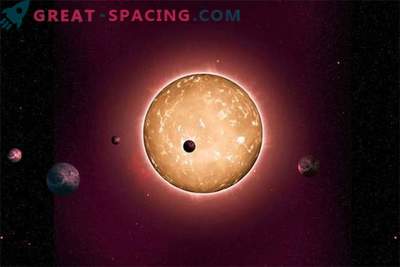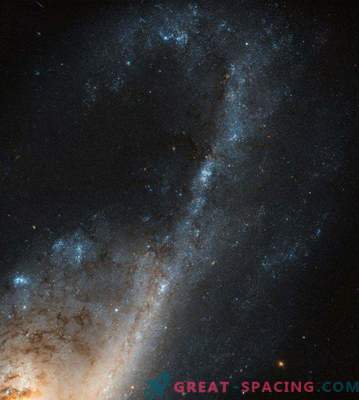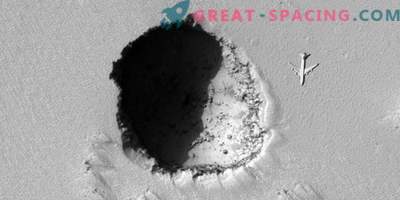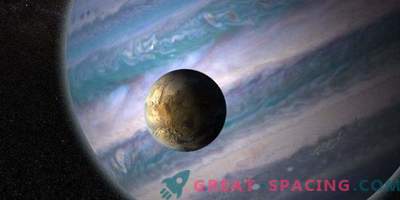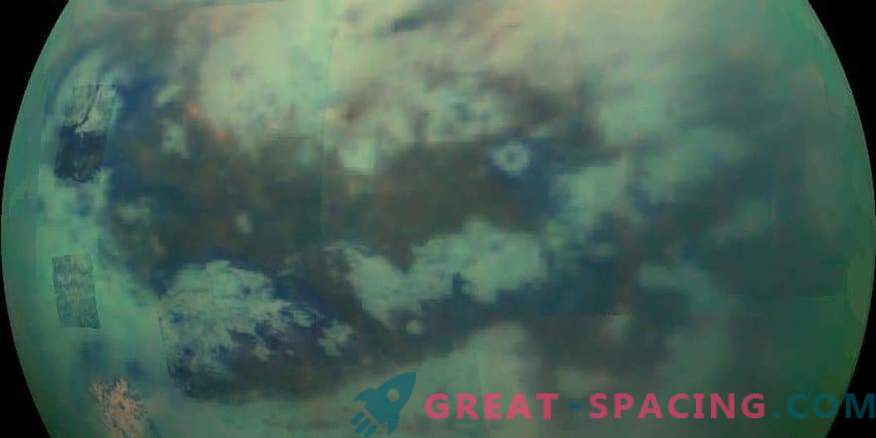
A composite image shows an infrared image of Saturn's satellite Titan from the Cassini apparatus. Some evidence indicates a high rate of habitability. Based on factors like energy availability and various surface and atmosphere characteristics.
The development of artificial intelligence will help predict the probability of life on other planets. So say researchers from the University of Plymouth. They used artificial neural networks to divide worlds into 5 types, assessing the possibility of life.
Artificial neural networks are systems that attempt to imitate the learning process of the human brain. It is one of the most important tools in machine learning, and also a particularly good method for creating complex models and processing large amounts of data.
The researchers were able to train their network to classify worlds into 5 types, based on similarities with the modern Earth, the early Earth, Mars, Venus or Saturn's satellite Titan. All these objects are rocky bodies with atmospheres that are potentially the most suitable objects for living.

Spectra of the atmosphere of the test planet. The output level accommodates a “life probability” based on measuring the similarity of the incoming data with the five targets of our system.
Atmospheric observations, known as the 5-body spectra of our system, display the input to the network. It is now known that life is located exclusively on Earth, therefore the classification uses the “probability of life” metric, based on the atmospheric and orbital characteristics of the 5 target types.
This type can be useful for categorizing exoplanets and selecting future research objectives that are used by the James Webb space telescope.





